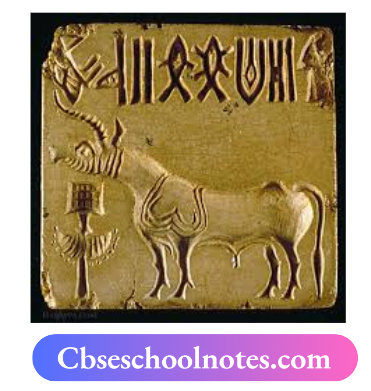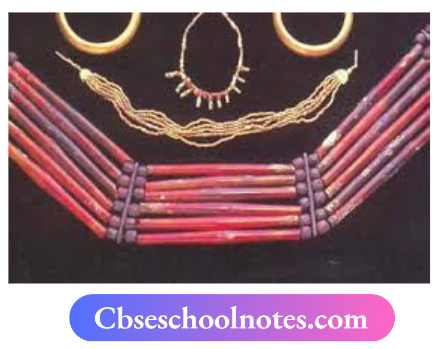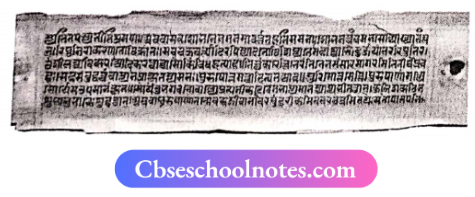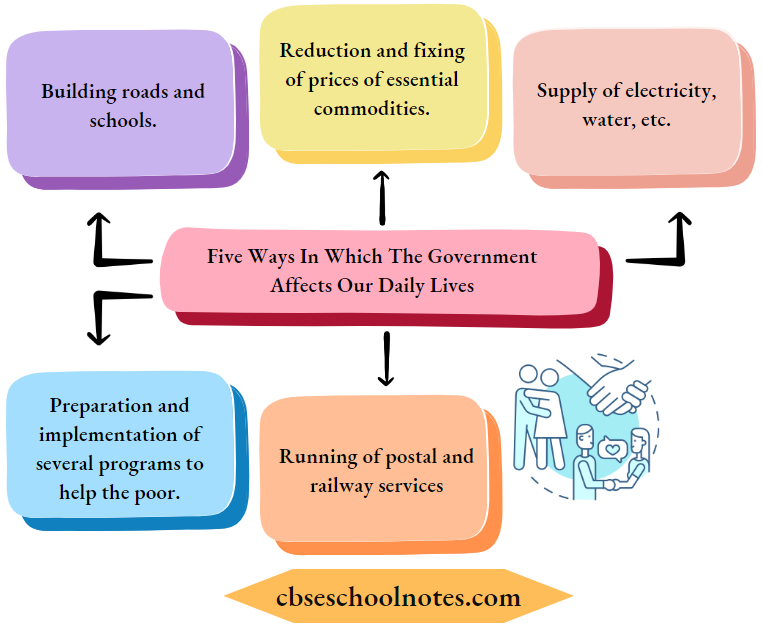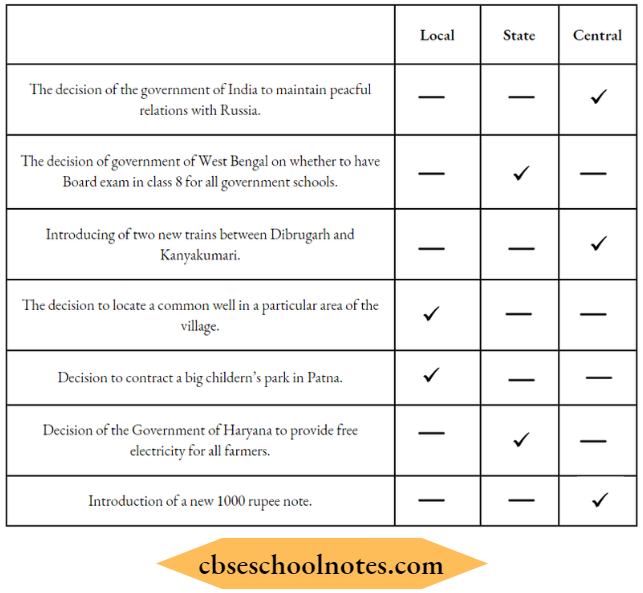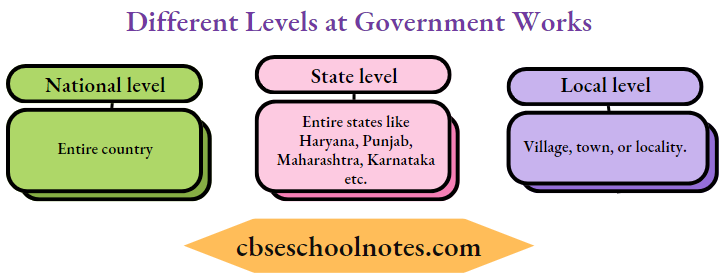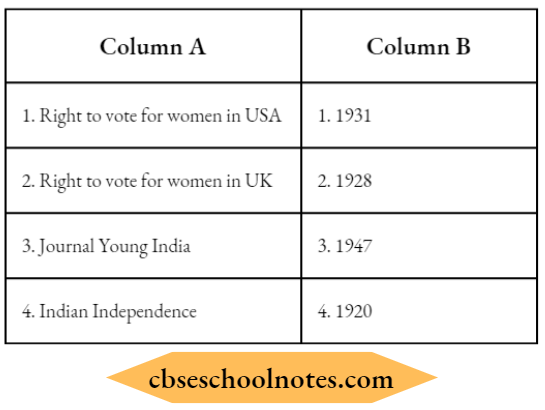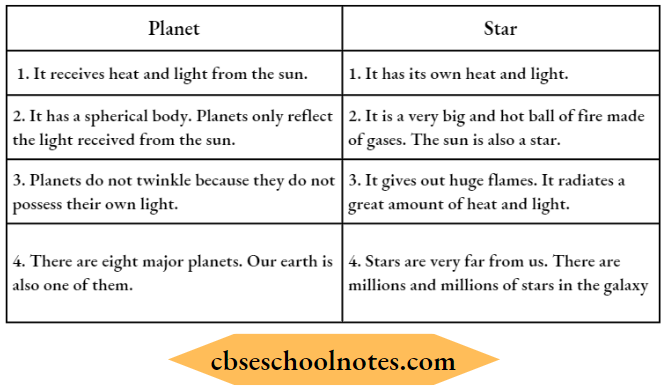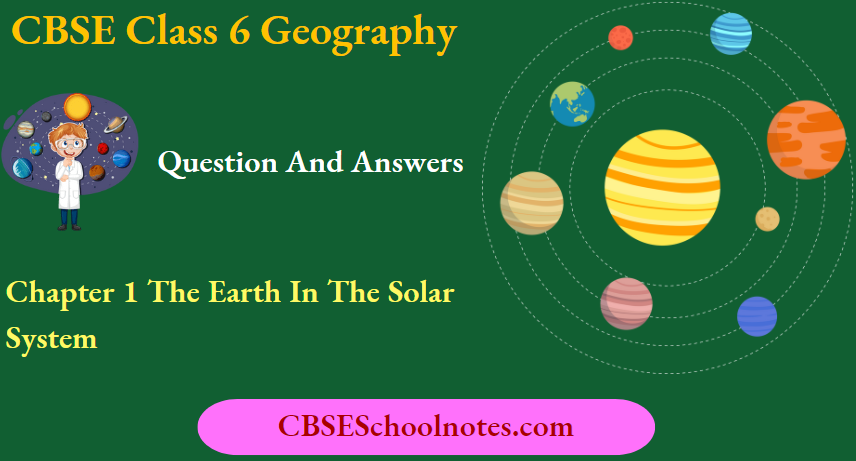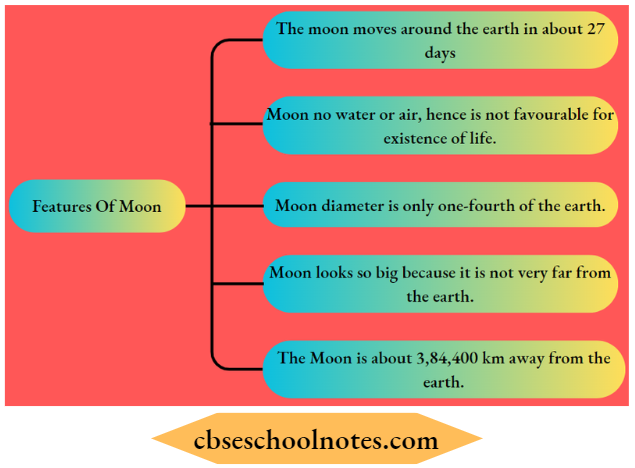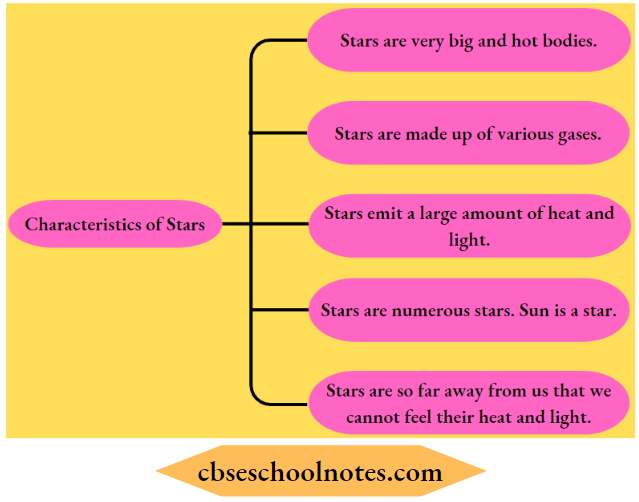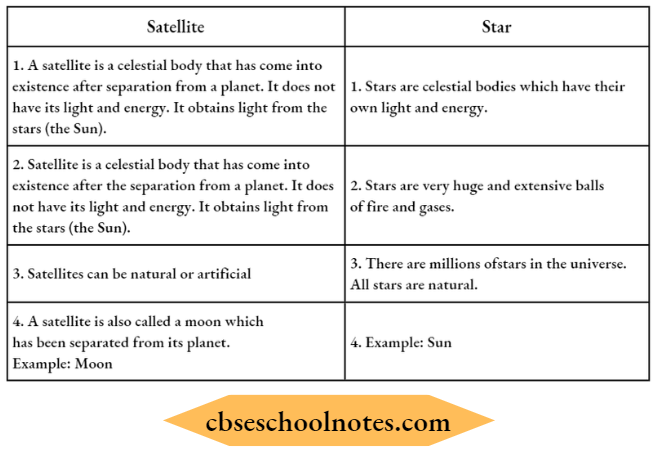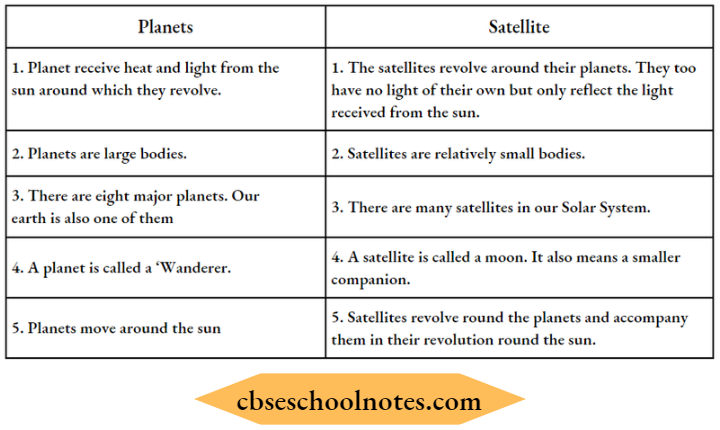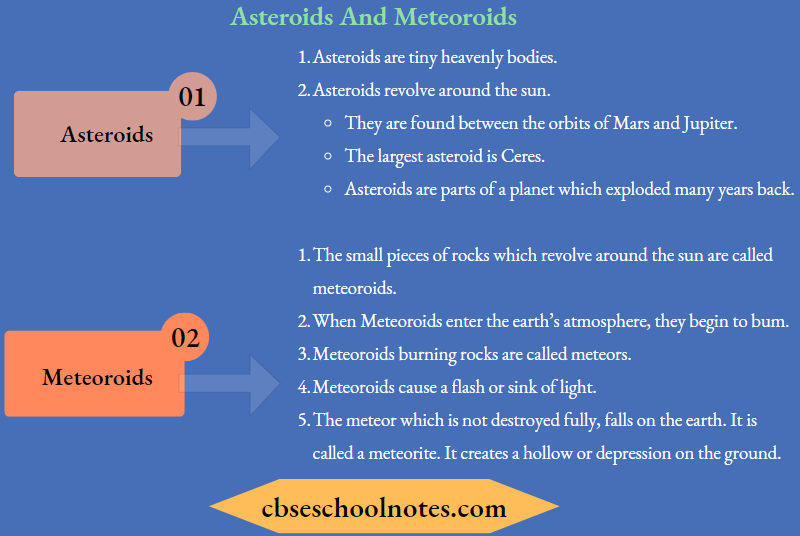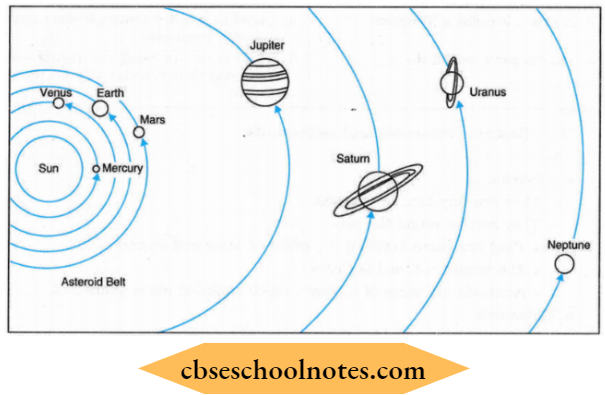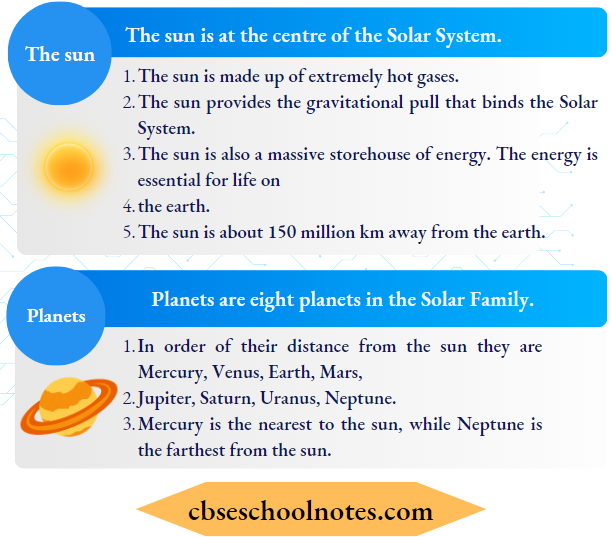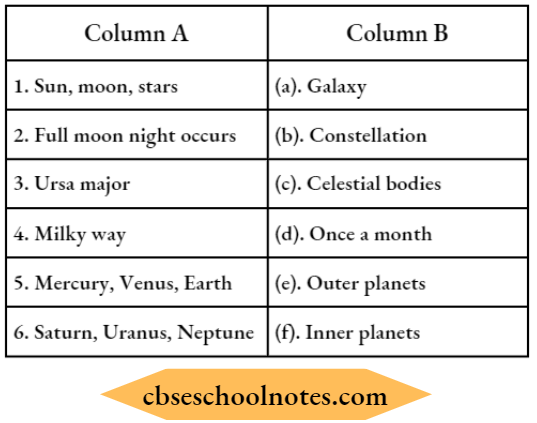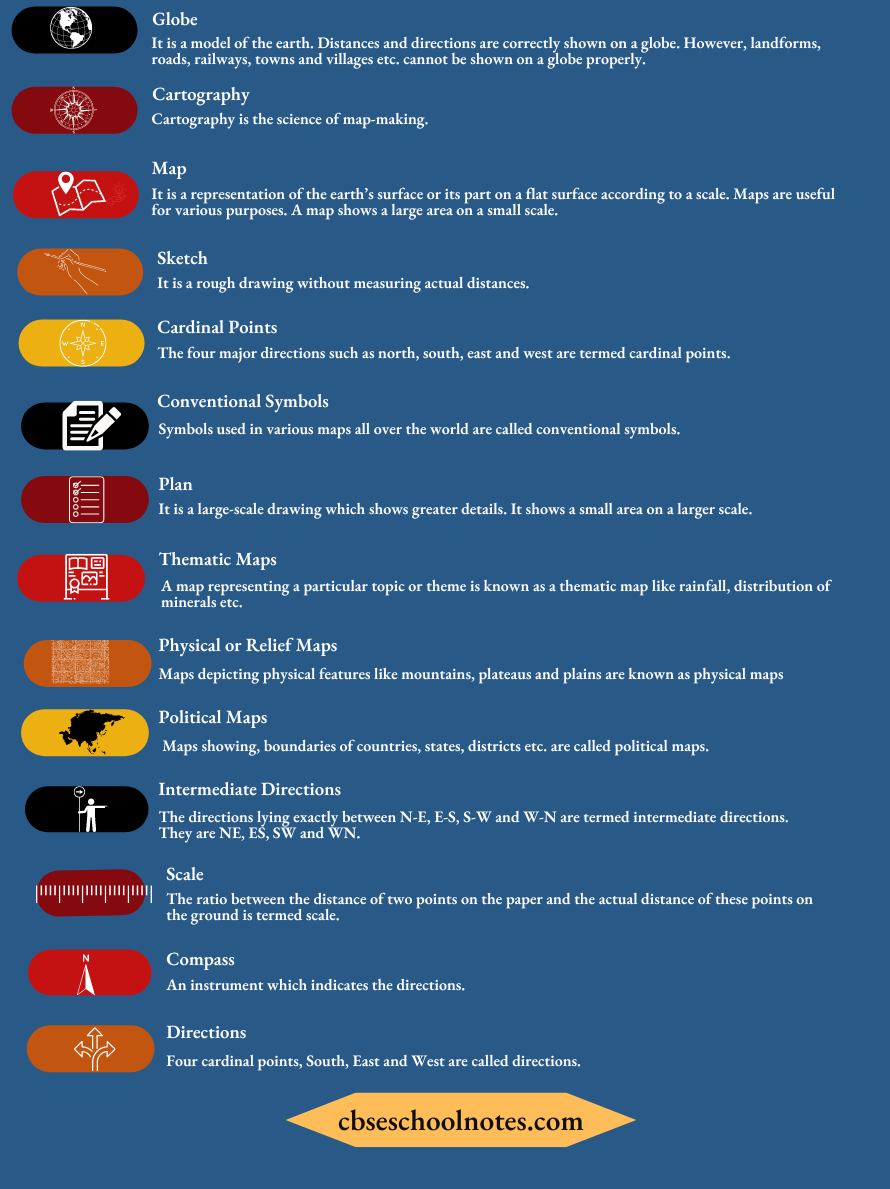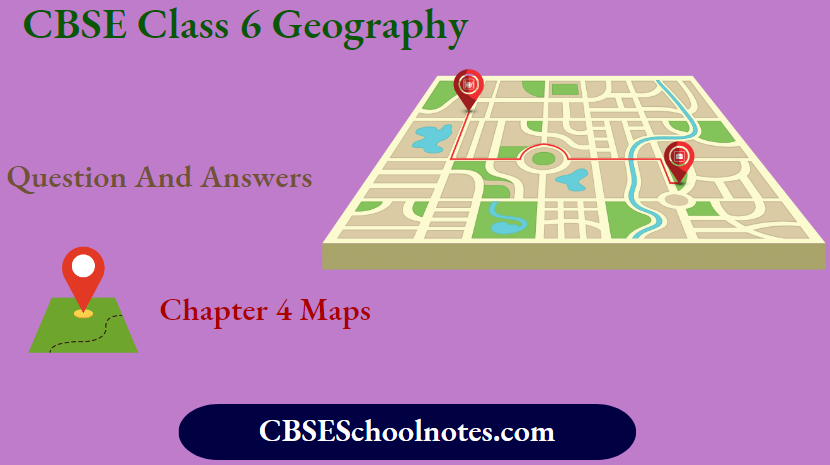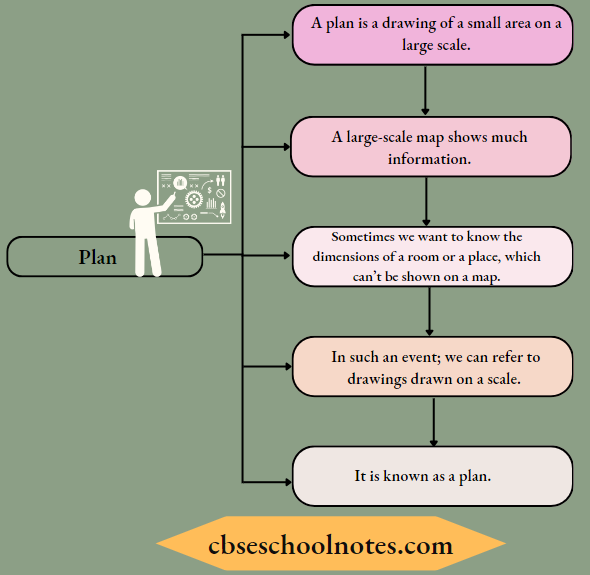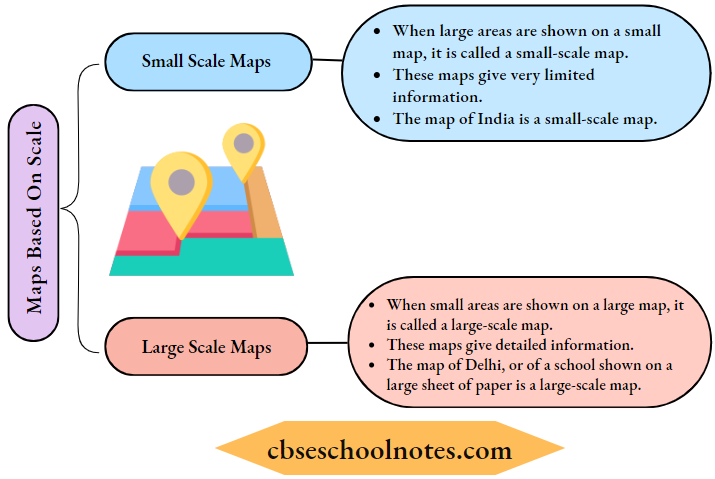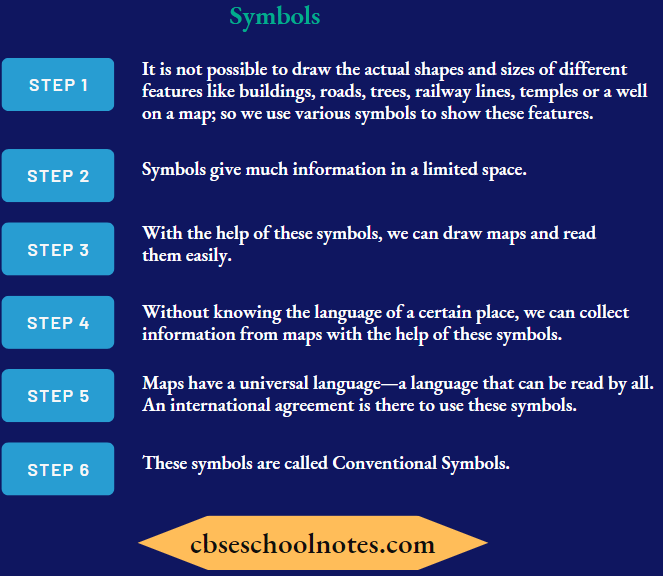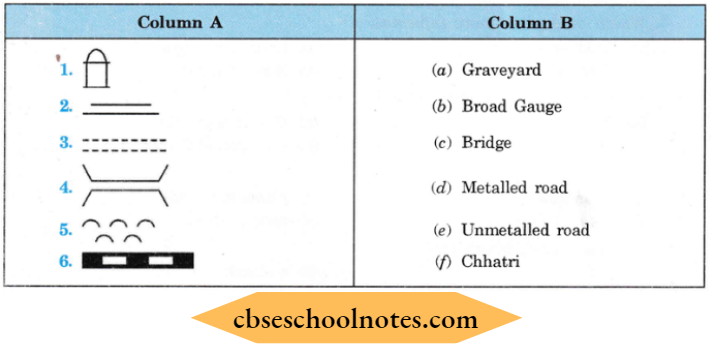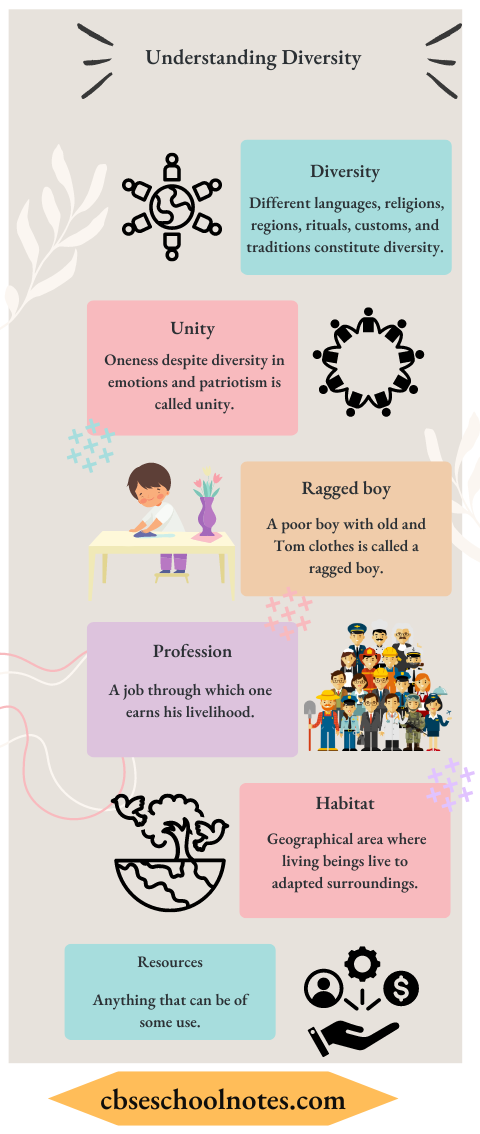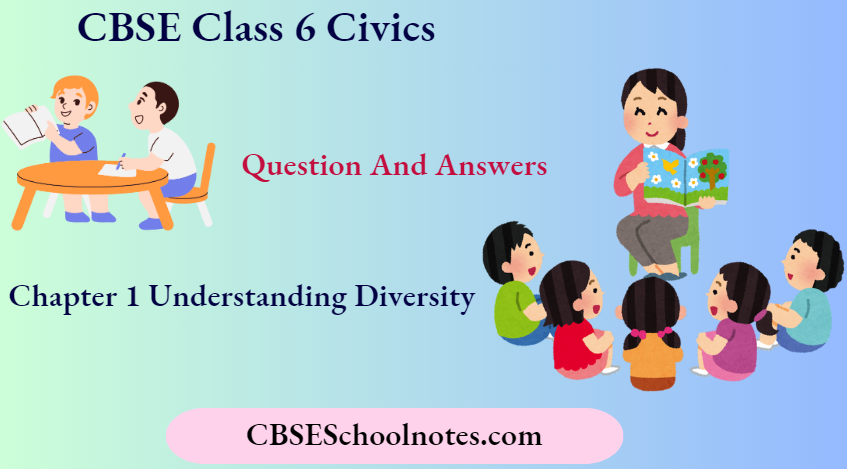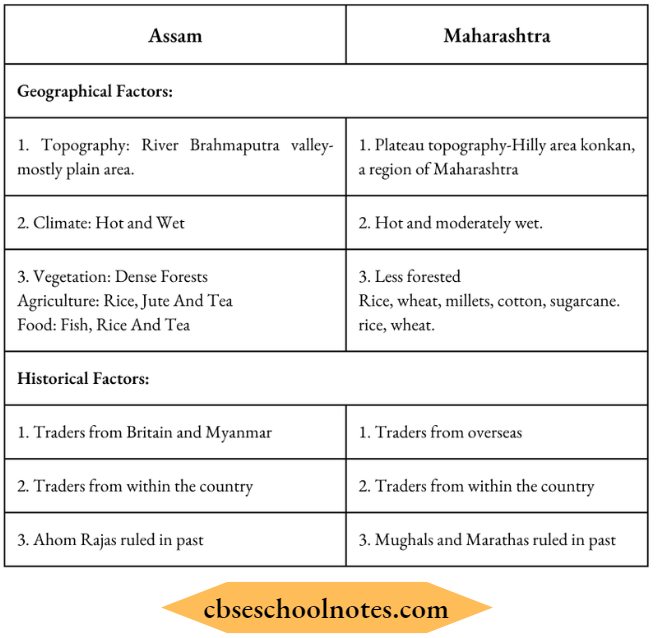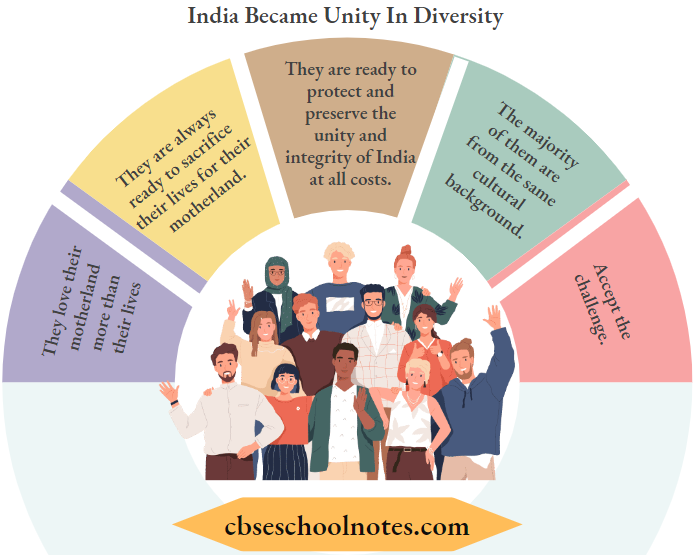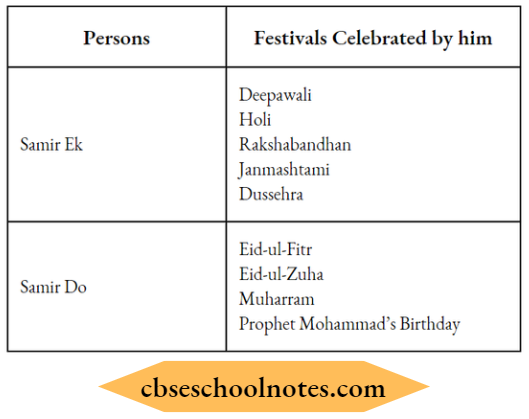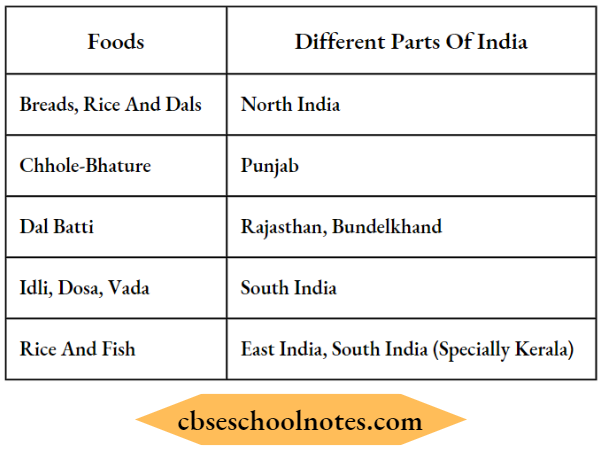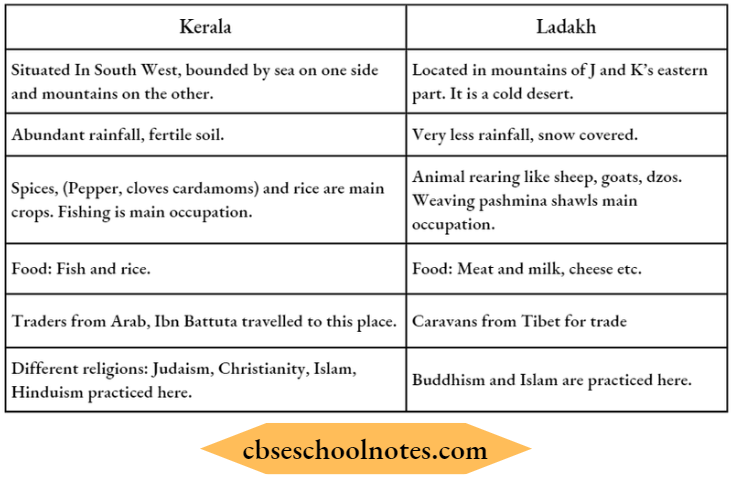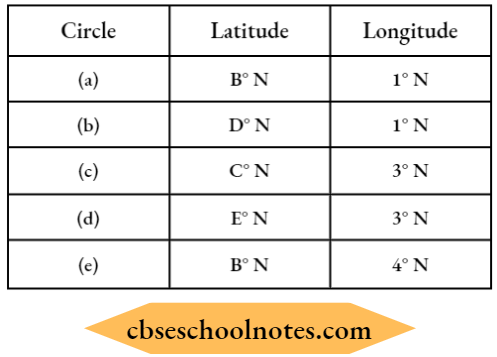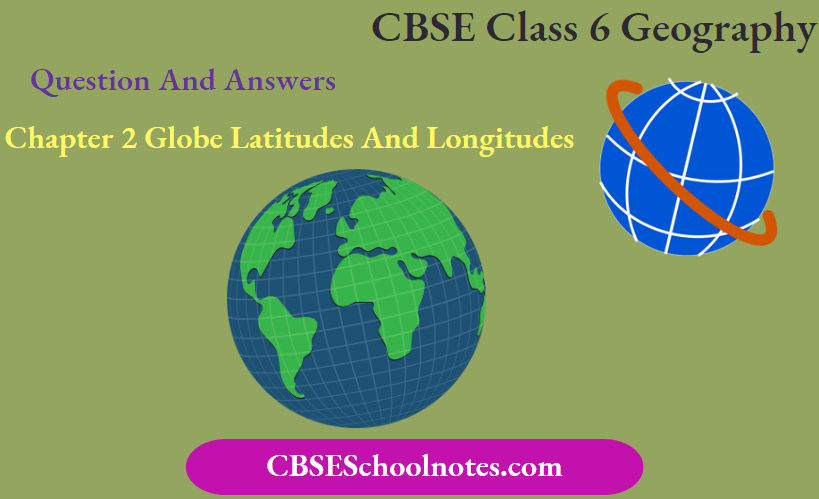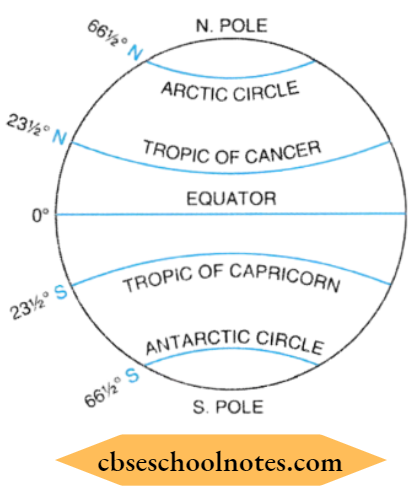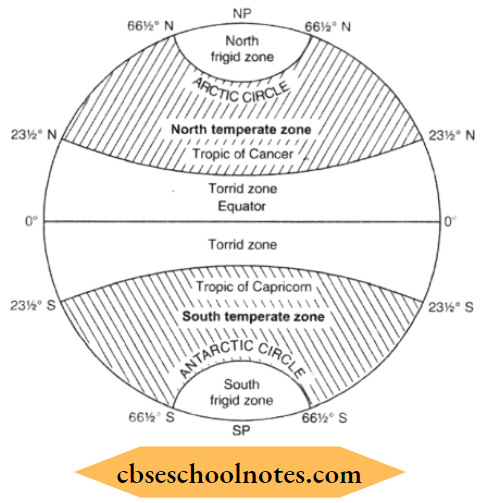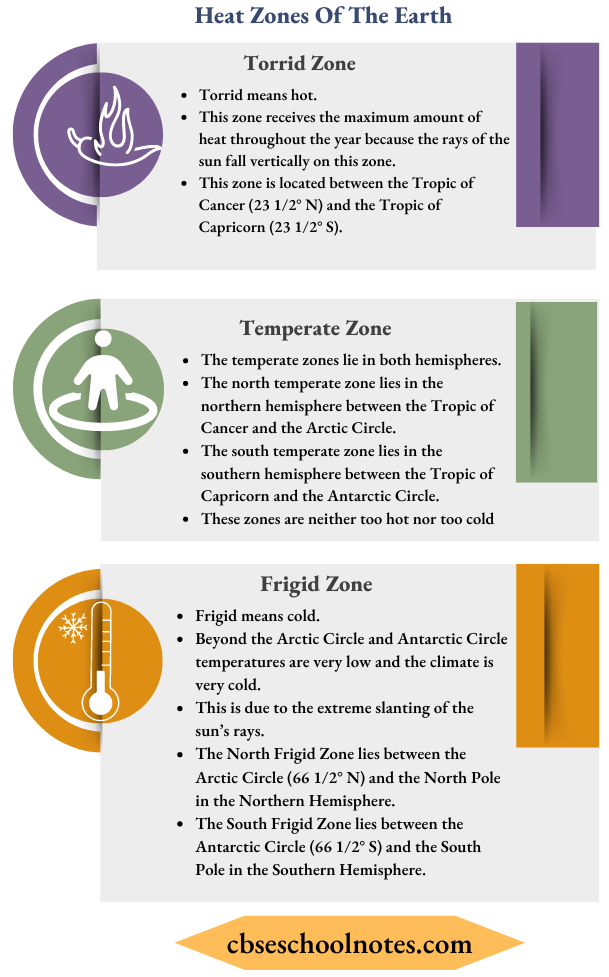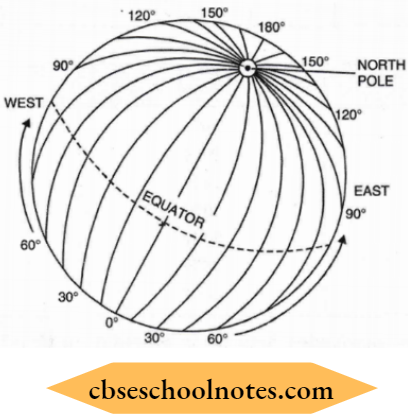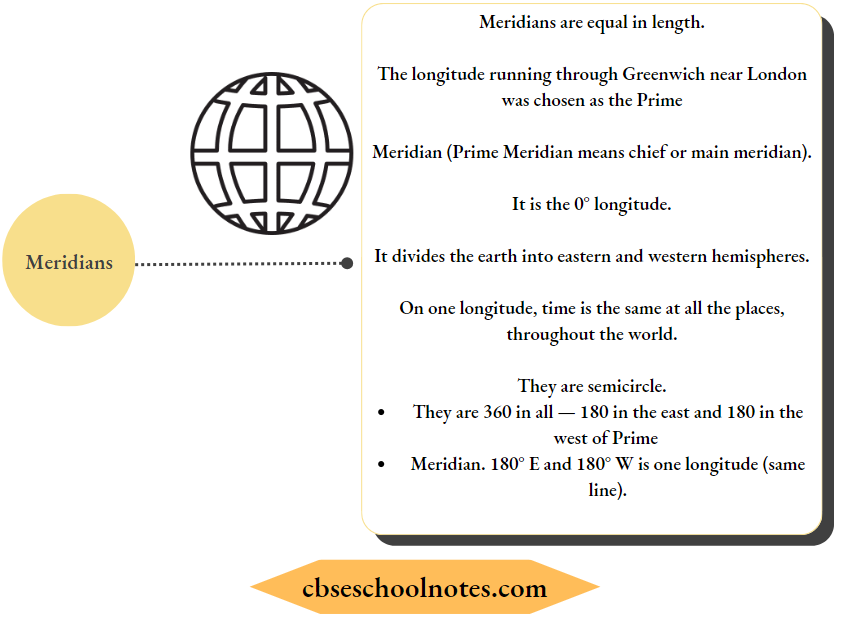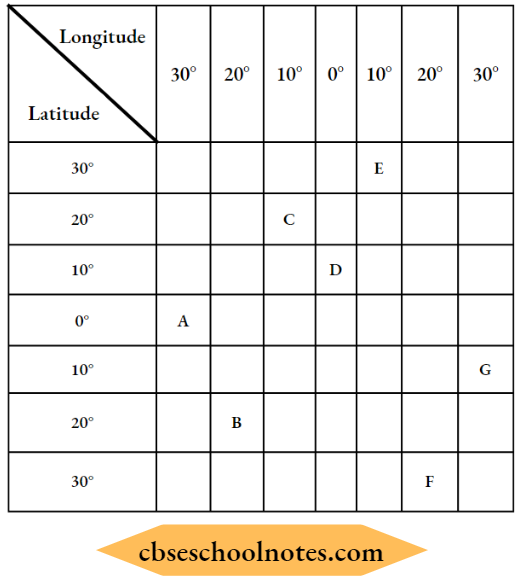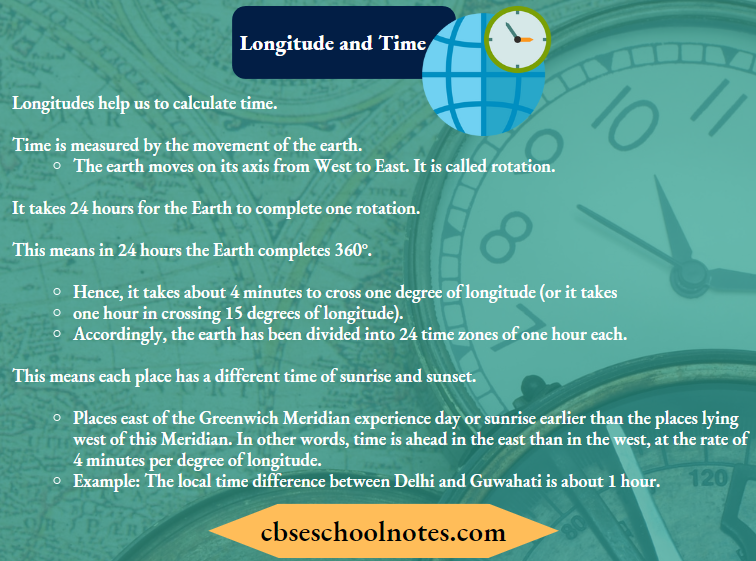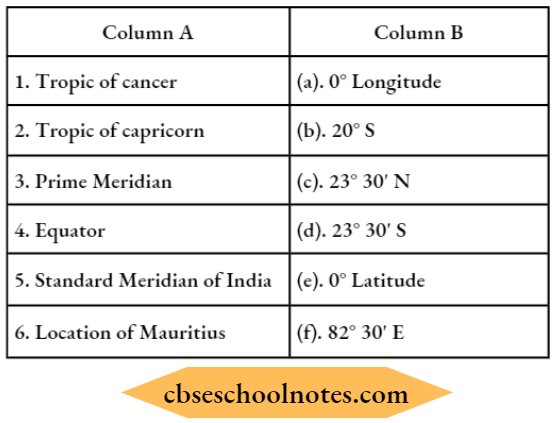CBSE Notes For Class 6 History Social Science Chapter 5 Kingdoms, Kings And An Early Republic Kingdoms, Kings And An Early Republic
Some Men Became Rulers
- Around 3000 years ago, some men became recognised as rajas by performing big sacrifices. An example of such a ritual was the Ashvamedha or horse sacrifice.
- In this ritual, a horse was let free to roam and it was guarded by the raja’s men. If the horse roamed into the kingdoms of other rajas and they stopped it, they had to fight.
- If they allowed the horse to pass, it meant that they accepted that the raja who wanted to perform the sacrifice, was stronger than them. Then these other rajas were invited to the sacrifice.
- The sacrifice was performed by specially trained priests, who were rewarded with gifts. The raja who organised the sacrifice was recognised as being very powerful, and all those who came in the sacrifice brought gifts for him.
- The raja was a central figure in these rituals, and he often had a special seat, a throne or a tiger skin.
- His charioteer chanted tales of his glory. His relatives, especially his wives and sons, had to perform a variety of minor rituals.
- The other rajas simply had to sit and watch the performance of the sacrifice. The priests performed the rituals including the sprinkling of sacred water on the king.
- The ordinary people, the vish or vaishya, also brought gifts. Some people such as those who were regarded as shudras by the priests, were excluded from many rituals.
Class 6 History Social Science Chapter 5 Janapadas
- The word janapada literally means the land where the jana reached and settled down. The rajas who performed big sacrifices were recognised as rajas of Janapadas rather than janas.
- Archaeologists have excavated a number of settlements in these Janapadas, such as Purana Qila in Delhi, Hastinapur near Meerut and Atranjikhera near Etah.
- Archaeologists found that people lived in huts and kept cattle as well as other animals. They also grew a variety of crops such as rice, wheat, barley, pulses, sugarcane, sesame and mustard.
- The people made earthen pots, some of which were grey in colour and others were red. A special type of pottery found at these sites is known as Painted grey ware. Such pots had painted designs, usually simple lines and geometric patterns.
Class 6 History Social Science Chapter 5 Mahajanapadas
- About 2500 years ago, some janapadas became more important than others and were known as mahajanapadas.
- Most of the mahajanapadas had a capital city. Many of these were tortified, which means that huge walls of wood, brick or stone were built around them.
- Forts were built because people were afraid of attacks from other kings and needed protection. Some rulers probably built lots with large, tall and impressive walls around their cities to show their wealth and strength.
- Fortification is also the way by which the land and the people living inside the fortified area could be controlled more easily by the king. Building such huge walls required a great deal of planning and resources. Many bricks or stones and labour including men, women and children, were required.
- Rajas began to maintain armies, by paying regular salaries throughout the year. Some payments were probably made by using punch-marked coins.

Class 6 History Social Science Chapter 5 Taxes
The rulers of the mahajanapadas required more resources to maintain big armies and build huge forts. So, they started collecting regular taxes instead of depending upon occasional gifts brought by people.
These taxes include the following
- Taxes on crops
- Taxes on craftspersons
- Herders paid taxes as animals and animal produce.
- Taxes on goods through trade.
- Hunters and gatherers had to provide forest produce to the raja as taxes.
- Changes in Agriculture
During the Mahajanapada period, there were two major changes in agriculture as follows
- There was an increase in use of iron ploughshares3 instead of wooden ploughshares. This meant that Heavy and clayey soil could now be turned over better and more grain could be produced.
- People began transplanting paddy. Instead of scattering seeds on the ground, from which plants would sprout, saplings were grown and then planted in the fields. This led to an increase in production, as many more plants survived.
Class 6 History Social Science Chapter 5 Magadha Mahajanapada
- Magadha became the most important mahajanapada in about 200 years. Many rivers such as the Ganga and Son flowed through Magadha, which was important for transport, water supplies and making the land fertile.
- In Magadha, many areas were covered with forests. The elephants which lived in these forests could be captured and trained for the army. Forests also provided wood for building houses, carts and chariots.
- There were iron ore mines in the region that could be used to make strong tools and weapons.
- Bimbisara and Ajntasattu were the two most powerful rulers of Magadha, who used all possible means to conquer other janapadas.
- Mahapadma Nanda was another important ruler. He extended his control up to the North-West part of the sub-continent.
- Rajagriha (present-day Rajgir) in Bihar was the capital of Magadha for several years. Later, the capital was shifted to Pataliputra (present-day Patna).
Class 6 History Social Science Chapter 5 Vajji Mahajanapada
- There was a different form of government in Vajji known as gana or sangha. The capital of Vajji was Vaishali (Bihar). In a gana or sangha, there were many rulers and each of them was known as a raja. These rajas performed rituals together.
- They met in assemblies, where they made decisions through discussion and debate. For example, discussing about protecting their kingdom from the attack of an enemy.
- The women, dasas and kammakaras could not participate in any of the rituals and assemblies.
- Rajas of powerful kingdoms tried to conquer the sanghas, However, they lasted for a very long time, till about 1500 years, when the last ganas or sanghas were conquered by the Gupta rulers.

